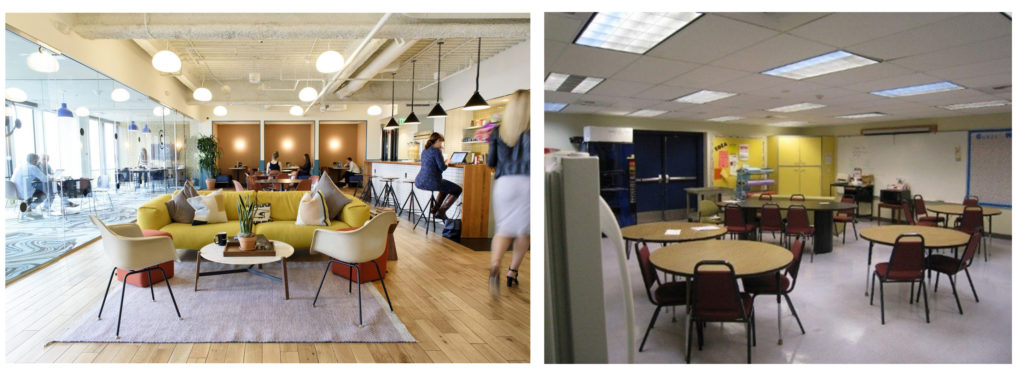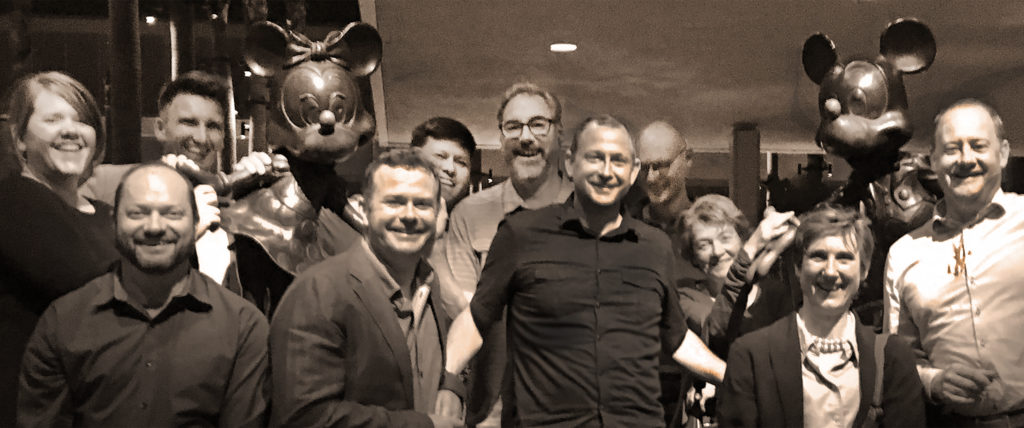
Conferences are a time to learn from your peers, bond with your colleagues and clients, and to reaffirm that you’re not alone in your effort to create inspiring schools.
This year’s international A4LE conference, LearningSCAPES 2019 was held in Anaheim, California. The theme was ‘Co-Creation,’ which focused on how our combined knowledge, accumulated wisdom and collaborative experiences work together to contribute to the creation of exemplary learning environments for people all over the world. LearningSCAPES attendees were encouraged to embrace co-creation as a driver of the planning, design, construction, teaching pedagogies and operations of our places of learning. The theme also touched on the benefits of collaborating pro-actively and authentically with the community in the planning and design of educational facilities.
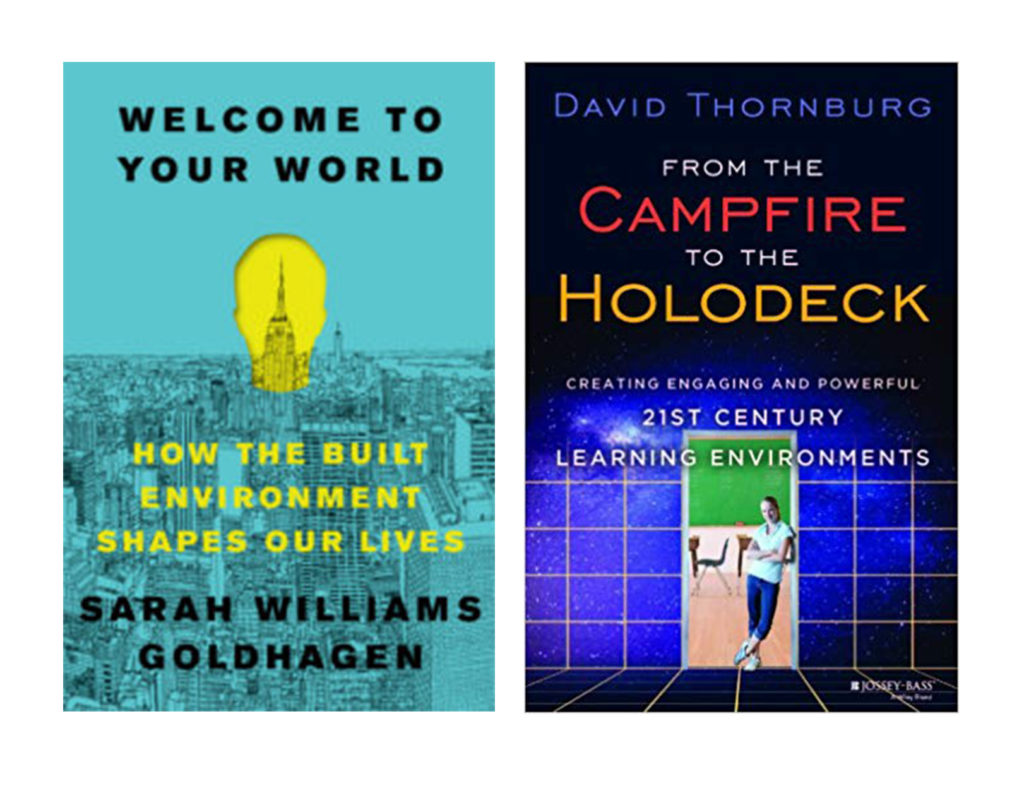
Keynote speakers Sarah Williams Goldhagen and David Thronburg spoke about their research on how experience of the built environment affects human behavior and health. Goldhagen’s keynote inspired discussions on how to use environmental psychology to create better-designed, healthier environments that address the complex range of human individual and societal needs. Thronburg explored ways telecommunication and multimedia will change the face of learning in the classroom as well as at home.

Tours of schools throughout the greater Los Angeles region provided examples of thoughtful design and provoked several fun-natured jealous comments about designing in such a warm climate.
There were over 50 learning sessions to choose from over the course of three days. Each one I attended offered something valuable, but there were a few common threads that seemed to emerge. The first was an increased effort and value on post occupancy evaluations. Firms from all over the country presented alongside school districts with transparency and vulnerability as they shared evaluations of the ‘good, bad and the ugly’ from their projects. These inspired me to grow in this area and to bring lessons learned from other firms into my own work.
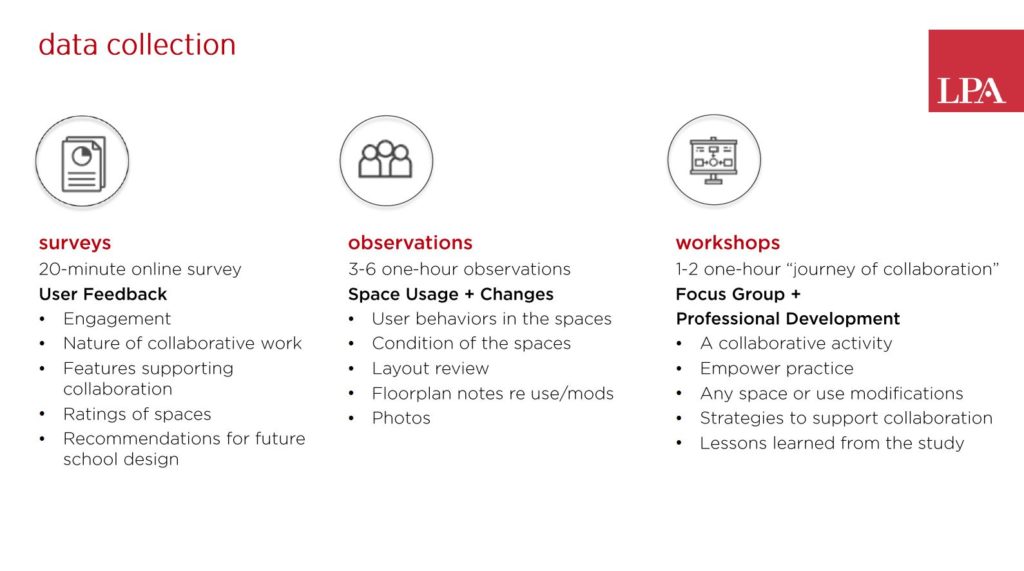
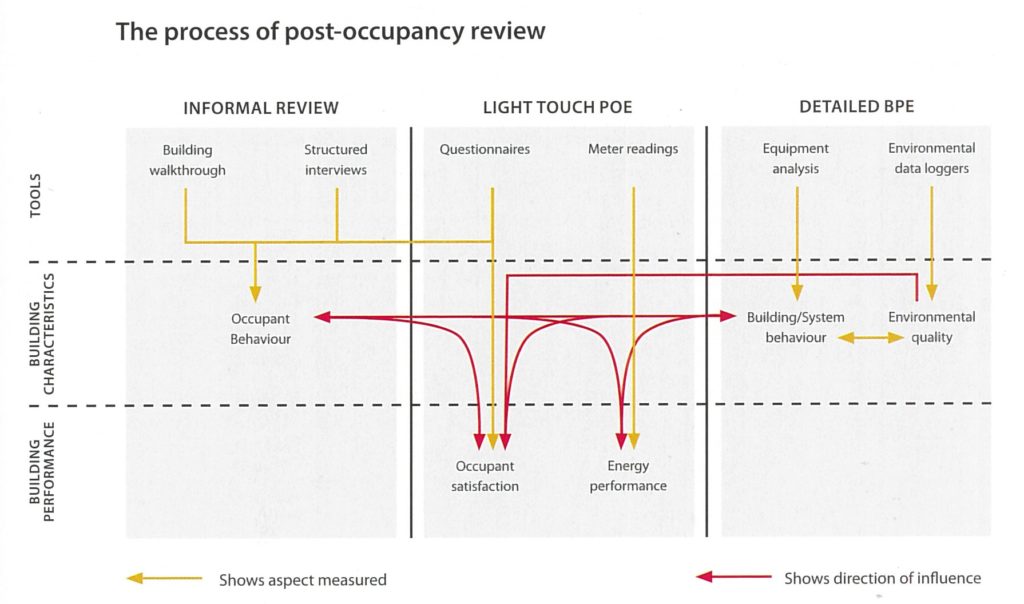
Another common thread of the conference was the idea that we are social creatures and this affects our willingness to fully engage in learning. When a design provides a variety of ‘action settings’ the result is increased motivation and engagement beyond providing a single flexible space. I plan to keep the following key space types in mind for future projects:
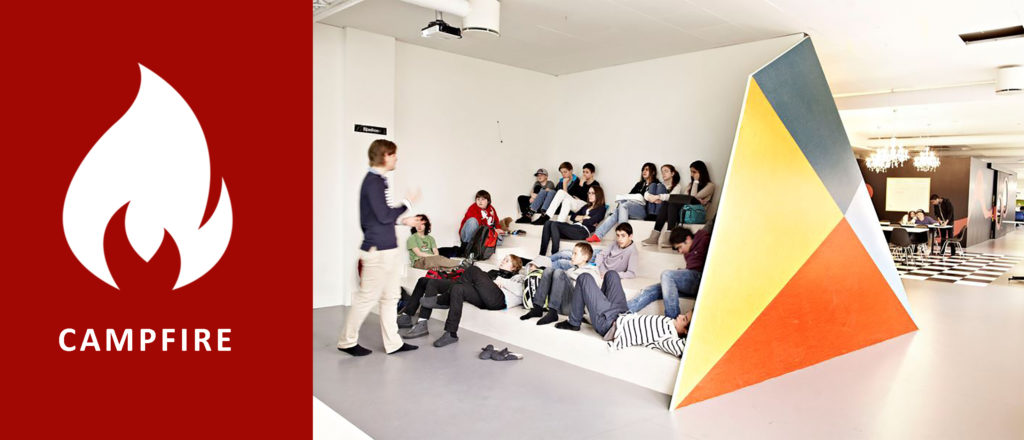
Campfire – learning from a single speaker
A space where people gather to learn from an expert. The experts are not only teachers and guest speakers, but also students who are empowered to share their learning with peers.
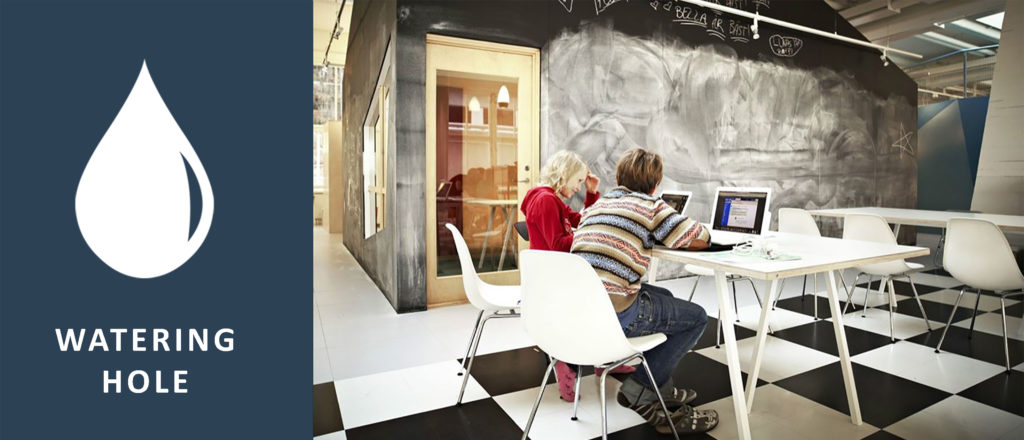
Watering hole – learning within a group
An informal space where peers can share information and discoveries, acting the role of both student and teacher simultaneously. These spaces also provide social emotional learning opportunities.
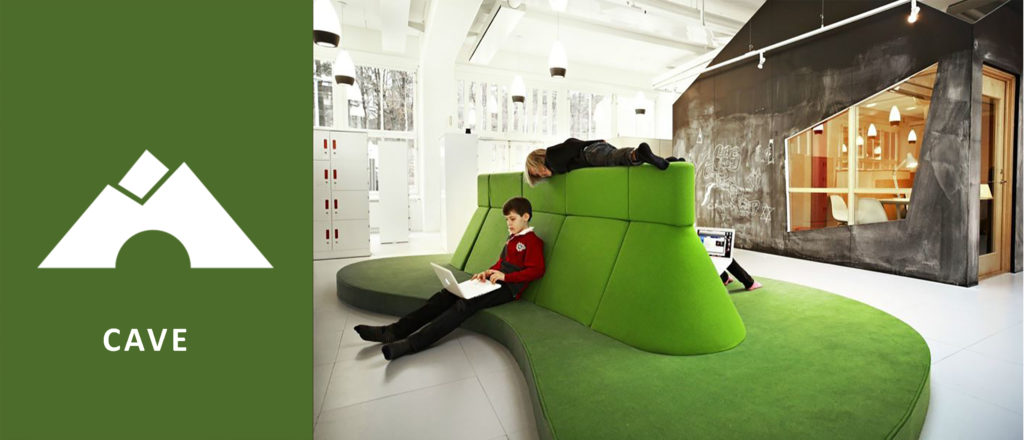
Cave – learning in solitude
A private or semi-private space where an individual can think, reflect and transform learning from external knowledge to internal understanding.
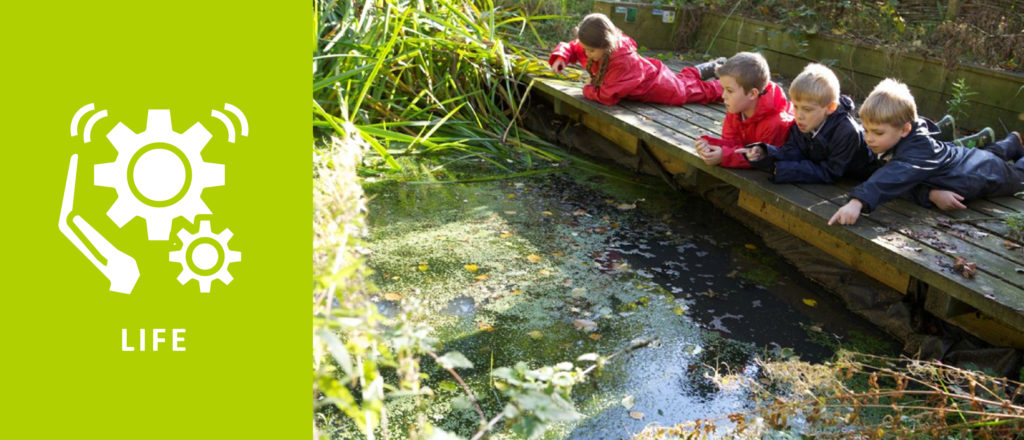
Life – learning by doing
A space for experiential learning, often in a real world setting where students test out their ideas and assumptions to foster critical thinking.
A learning environment with a variety of space types like these are only effective if the culture of the school is ready and willing to use them. Changing a school’s culture to be collaborative can be a challenge for schools currently working in silos. An important first step to consider is partnering with another organization in a mentor-type role. CannonDesign worked with the Children’s Museum of Pittsburgh during the design of a new school for Seneca Valley School District. They not only learned how to create engaging hands-on learning areas but they also worked with staff to understand how to use them within their curriculum. This effort of co-creation is an example of the emerging need for architects to be actively involved in their communities to help foster connections between school districts and local organizations.
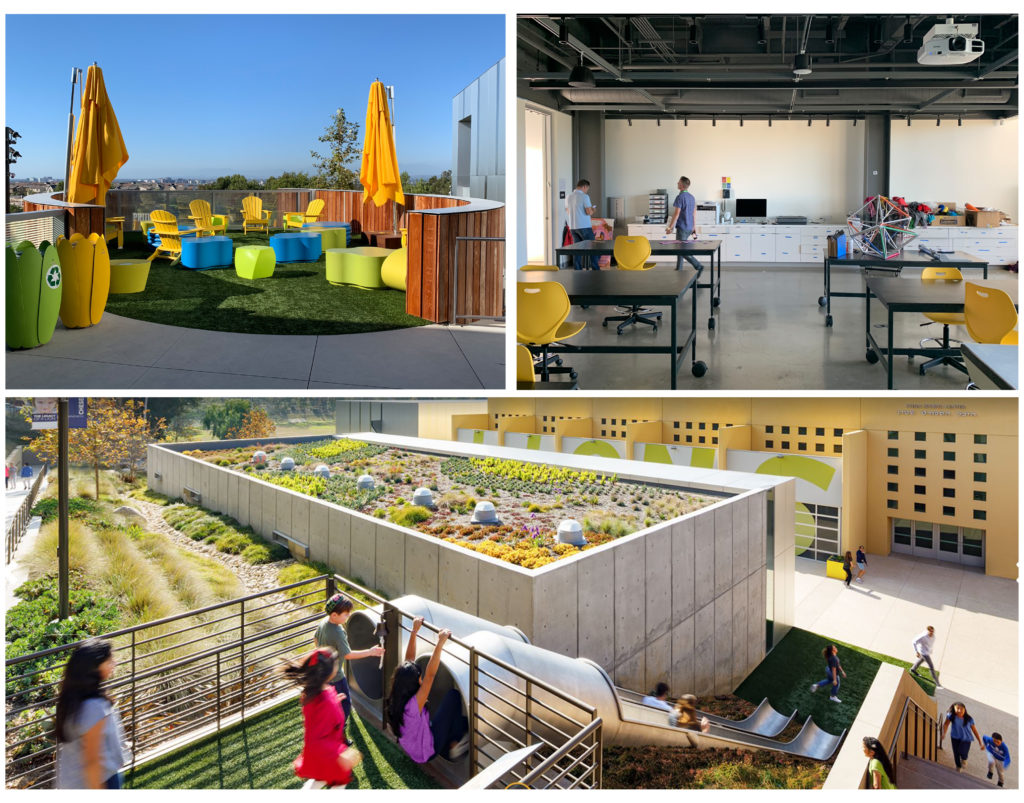
One session broadened the discussion of social impact to look at the trend of disappearing social space for teachers and staff. They presented statistics showing how this has likely been a contributing factor to the currently high turnover rate for teachers. Recent studies have shown increased levels of stress, workplace loneliness and decreased levels of autonomy are reasons why teachers are leaving for other professions. This is especially evident in high impact schools. To compete with other professional work environments, school designs should include social spaces for staff to cultivate collaboration, peer mentorship in order to decrease stress and loneliness for staff.
